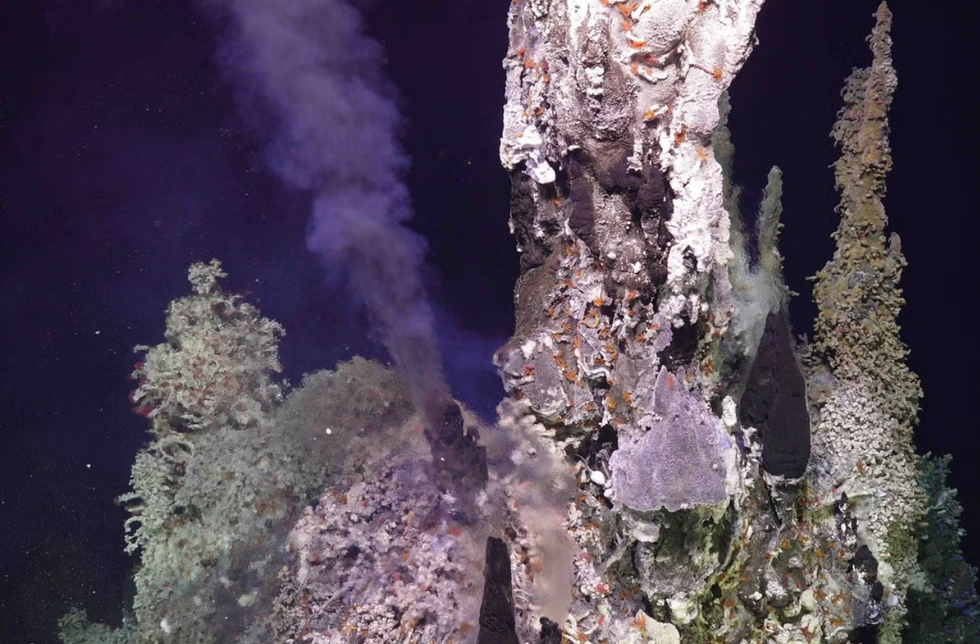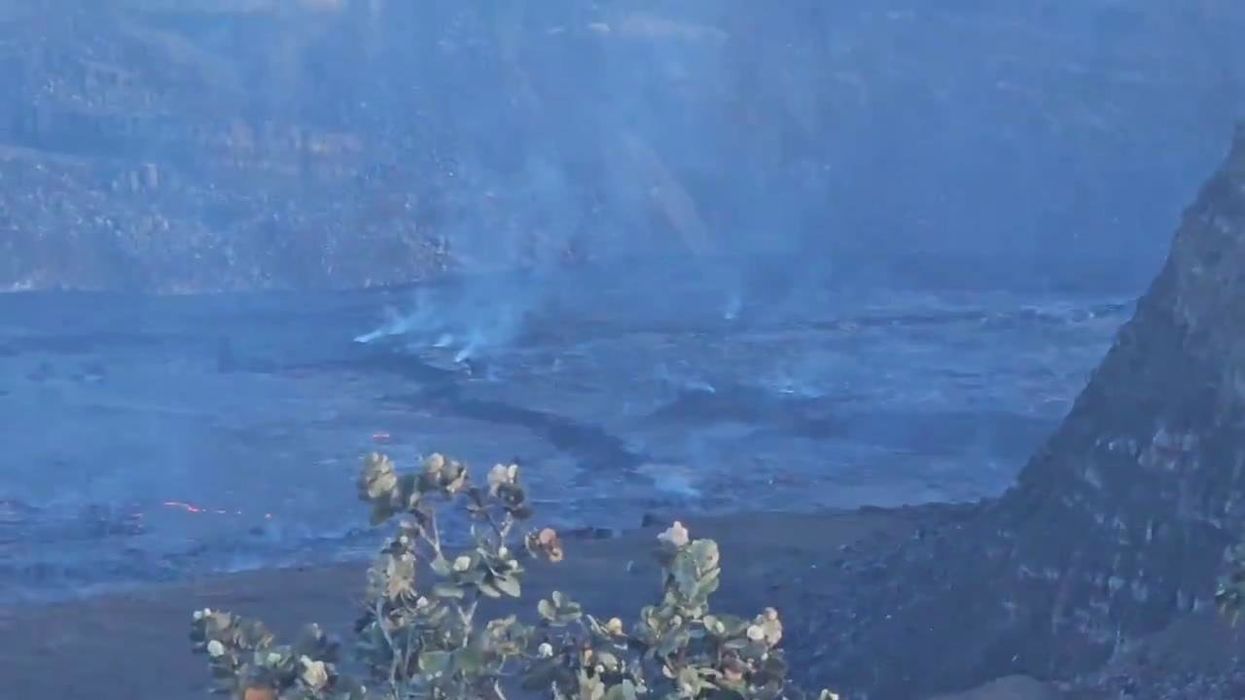Science & Tech
Harry Fletcher
May 03, 2025
US: Kilauea volcano erupts in Hilo
StringersHub / VideoElephant
Scientists are currently on high alert while observing a major underwater volcano, which is set to erupt for the first time in a decade.
The Axial Seamount is the most active underwater volcano in the Pacific Northwest, and it’s found hundreds of miles off the coast of Oregon.
The volcano is found around 5,000 feet below sea level and it last erupted in 2015. Back then, it resulted in a mile’s worth of lava spewing onto the sea floor.
In a statement, William Wilcock, a marine geophysicist and professor at the University of Washington, said: “Over time, the volcano inflates due to the build up of magma beneath the surface.
“Some researchers have hypothesized that the amount of inflation can predict when the volcano will erupt, and if they’re correct it’s very exciting for us, because it has already inflated to the level that it reached before the last three eruptions. That means it could really erupt any day now, if the hypothesis is correct.”

Experts know that an eruption is coming thanks to seismic activity, with around 200 to 300 earthquakes happening a day around the Axial Seamount.
Incredibly, experts think that right before the eruption there could be as many as 2,000 eruptions per day.
“Axial is under a state of critical stress now,” noted Maya Tolstoy, a marine geophysicist and the Maggie Walker Dean of the University of Washington College of the Environment. “At high tide the weight of the ocean presses down on the crust, and when that weight is ever so slightly decreased at low tide, the number of earthquakes increases.”
One thing experts expect to see after an eruption is marine life returning around the site in the aftermath.
Deborah Kelley, another professor at the university, said: “In 2011, we saw one of the venting areas become completely covered in lava flows. It wiped everything out. But what’s fascinating is that when we came back three months later, there were animals and bacteria colonizing the area again. They’re surprisingly resilient ecosystems.”
Why not read…
- Scientists have discovered two giant mystery structures lurking under Africa
- Scientists discover continent that had been missing for 375 years
How to join the indy100's free WhatsApp channel
Sign up to our free indy100 weekly newsletter
Have your say in our news democracy. Click the upvote icon at the top of the page to help raise this article through the indy100 rankings
Top 100
The Conversation (0)














